These Clothes Should Never Go on Hangers (And What to Do Instead)
Clothing care isn’t only about detergents or how often you dry clean something. A lot of it starts with how you store it. Certain fabrics collapse in drawers, and some lose their shape on hangers. If your clothes constantly look off or never seem to fit right, storage habits probably need some attention. Here are some tips to get you started.
Silk
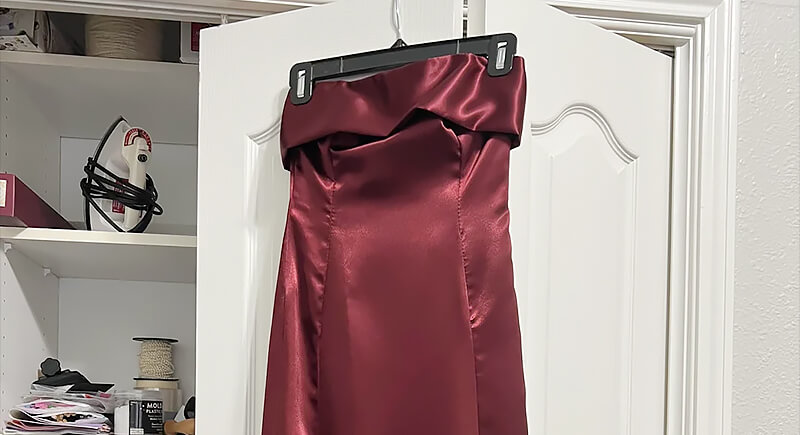
Credit: Reddit
Folding silk shirts or dresses leads to sharp lines that seem impossible to smooth out. These creases stand out more on silk than on other fabrics due to the way they reflect light. Use soft, wide hangers to support the shoulders. Give it room so it doesn’t press up against heavier clothes, which can leave imprints.
Chiffon

Credit: iStockphoto
If you’ve ever tried to fold chiffon, you’ve seen how quickly it clings to itself and forms stubborn wrinkles. These folds don’t shake out easily, especially after days in a drawer. Hanging chiffon garments reduces the chance of puckering or misshapen seams. Choose clip hangers with rubber grips to prevent damage.
Linen
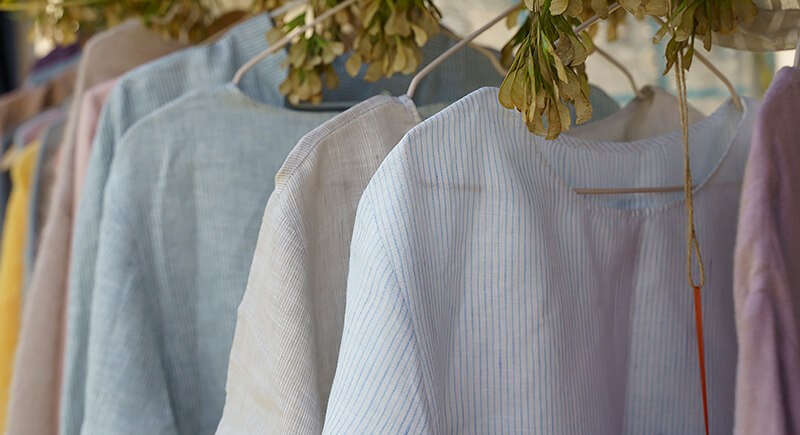
Credit: iStockphoto
The trouble with folding linen starts the second you do it. Deep creases appear right away, and they rarely smooth out without heavy ironing. These stubborn lines become a regular issue if linen gets packed into drawers. The fibers lack bounce, so the fabric doesn’t recover from pressure well.
Pants
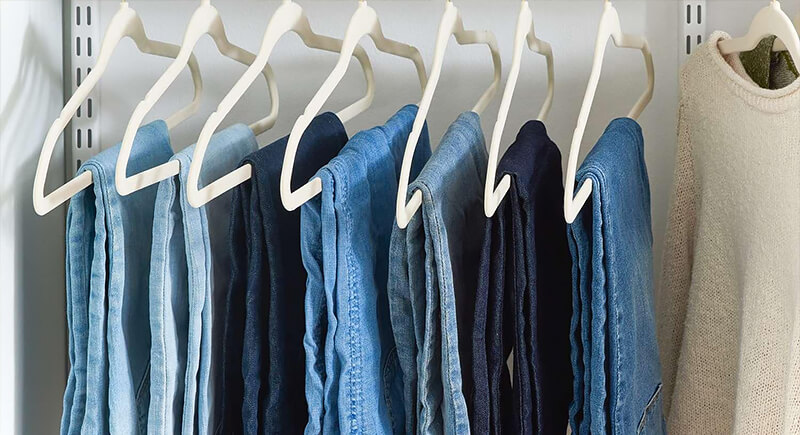
Credit: Reddit
Hang pants by either clipping them at the waistband or folding them once over the bar of a sturdy hanger. Try not to pick out thin wire hangers, which can leave impressions or cause sagging. Clip-style hangers work well for tailored trousers because they preserve creases. It is also important to leave some space between each hanger, so the fabric isn’t crushed.
Jackets and Coats

Credit: iStockphoto
It doesn’t take much to ruin a jacket’s structure. Folding compresses the padding and twists the seams, especially around the shoulders and collar. That damage tends to linger no matter how long you steam it. The right hanger protects the garment’s shape and reduces wear.
Edit Your Wardrobe First

Credit: iStockphoto
Good storage begins with having fewer things to store. Pull everything out and make honest decisions about what you still wear. Items that no longer fit, look worn, or feel outdated should go. A trimmed wardrobe reduces the time spent maintaining, cleaning, and sorting garments.
Label and List Containers
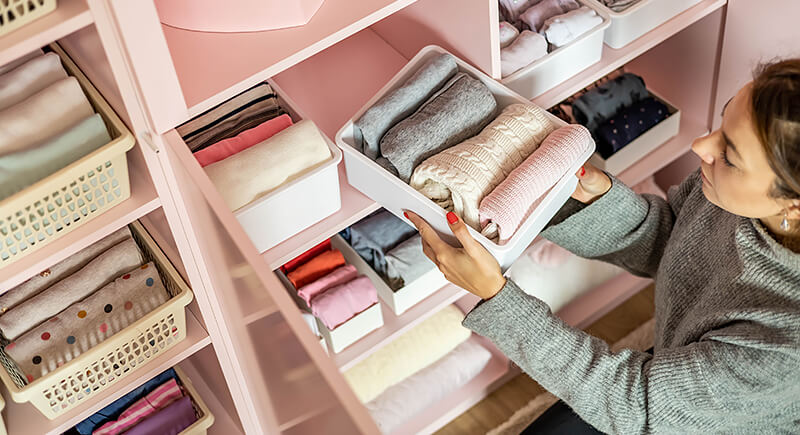
Credit: iStockphoto
Digging through bins wastes time and damages attire. Create a label for every container, and tape a detailed list inside the lid. For larger collections, match numbered bins to a basic spreadsheet. When seasons change, this system saves hours and avoids repeated unpacking. You’ll know exactly where your favorite pieces are without searching.
Avoid Poor Storage Zones
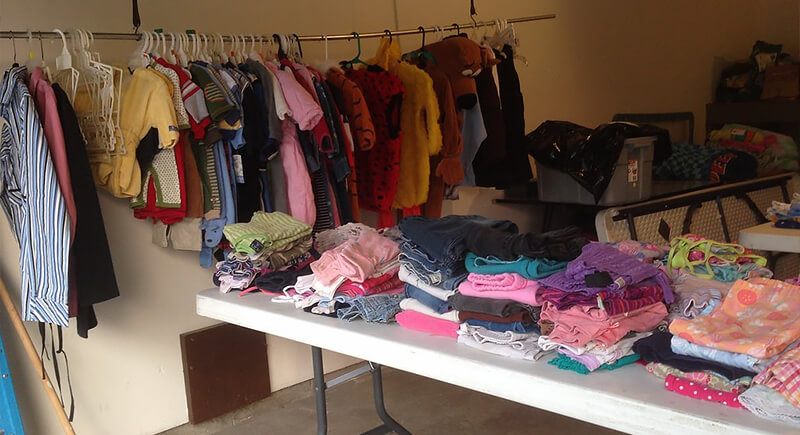
Credit: flickr
Garages, attics, and basements seem convenient, but often lead to ruined clothing. Shifting temperatures can break down fibers and weaken seams over time. Dampness causes mildew and leaves a lasting musty smell, while mice and bugs chew through fabric or nest inside bins. Even airtight containers can’t fully protect clothes in unstable conditions.
Use Over-The-Door Storage
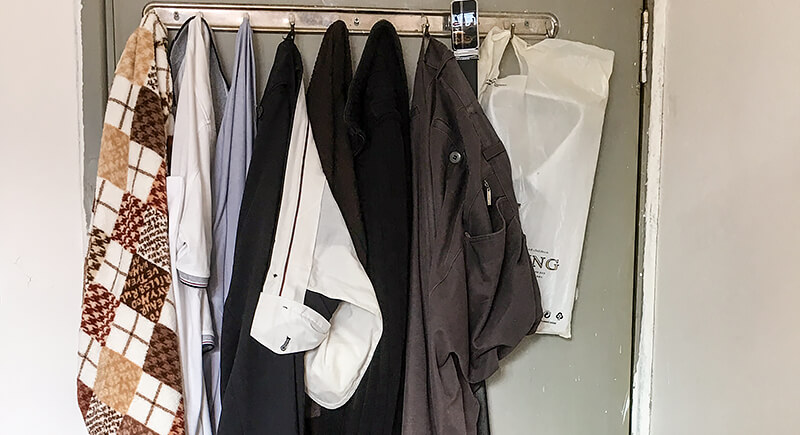
Credit: iStockphoto
The back of a door can handle more than you think. Install a hanging rack or hook system to hold shoes, accessories, or smaller items that clutter drawers. You won’t need tools, and the setup only takes a few minutes. As a result, your floor stays clear, and you can make the best use of vertical space.
Group Clothes by Category

Credit: iStockphoto
It is frustrating to stand in front of your closet, unsure if that jacket got shoved between dresses or buried behind shirts. Sorting garments into sections by type—jackets, shirts, pants, dresses—cuts down the time you spend looking. This system keeps everything in order and makes the wardrobe easier to scan.
Choose Matching Hangers

Credit: iStockphoto
Inconsistent hangers make clothes hang unevenly. Some items fall, others stretch, and the whole closet starts to feel chaotic. Velvet hangers work well for slippery fabrics, while wooden ones offer more strength for coats. Matching hangers also improve visibility, so nothing gets buried.
Add An Adjustable Rack
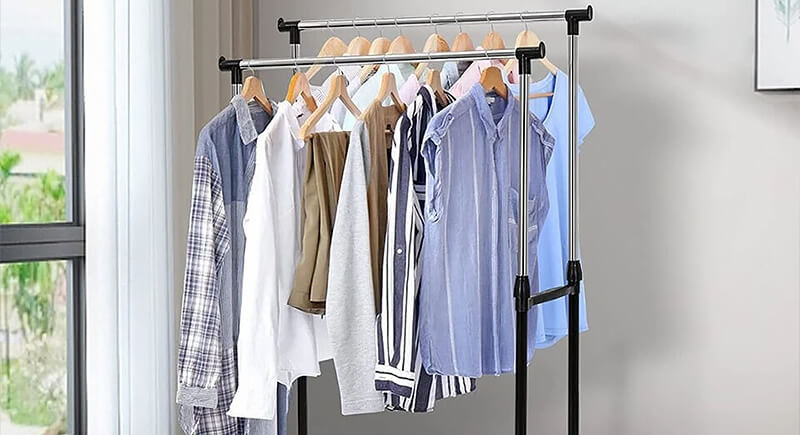
Credit: ebay
Adjustable racks create instant room when closets reach their limit. Use one to hold outfits for the week, manage overflow during laundry cycles, or store occasional wear. They fit well in corners, guest rooms, or near entryways. Unlike permanent solutions, these racks offer flexibility and convenience without committing to a full redesign.
Use Open Shelves for Foldables
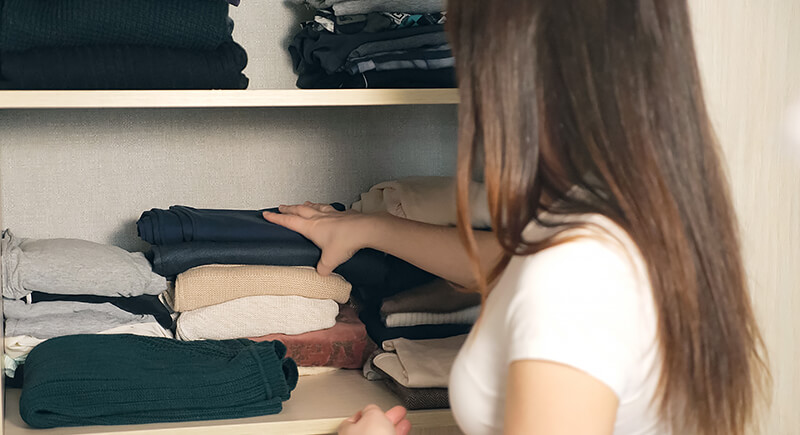
Credit: iStockphoto
Stuffing sweaters and jeans in deep drawers usually leads to one thing: forgotten clothes that never see daylight. Stacks tip, layers sag, and bottoms wrinkle under weight. Without visibility, it’s easy to think you have nothing to wear. Open shelving fixes that, since it keeps items in view, allows airflow, and prevents those forgotten piles.
Store Seasonal Items Under the Bed
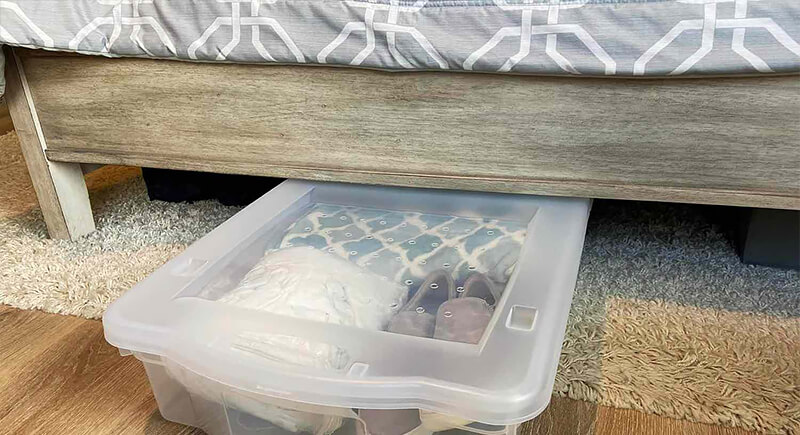
Credit: Reddit
The biggest benefit of using under-bed storage is freeing up closet space. Offloading seasonal items clears prime hanging and shelf real estate for what you actually wear now. This change makes daily dressing simpler and allows you to track what you own without constant reshuffling.